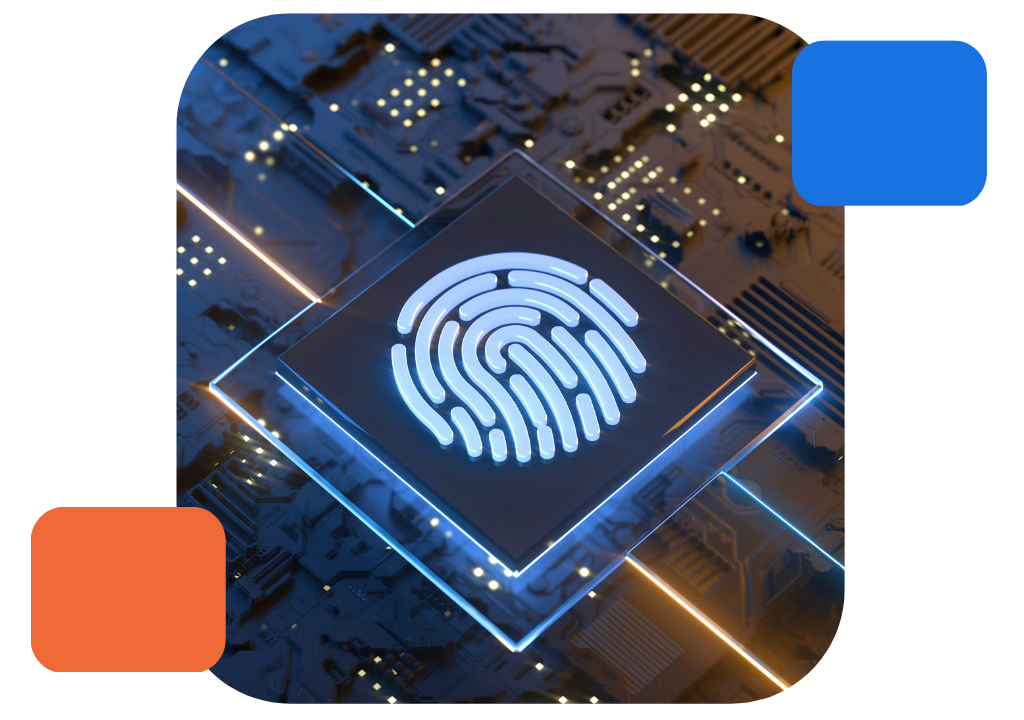IT Risk Management
Identify and implement the policies, procedures and technology your organisation needs to mitigate the impact of potential data-focused cyber attacks.
What is IT Risk Management?
IT risk management (often known as ‘information security risk management’) entails a company’s policies, procedures, and technologies for mitigating malicious actor threats and reducing information technology vulnerabilities that compromise data confidentiality, integrity, and availability.
What is information risk?
- Confidentiality
- Integrity
- Availability

Why is IT Risk Management important?
Organizations can better prepare for cyber attacks and reduce the impact of a cyber attack by identifying and assessing potential vulnerabilities in their enterprise IT network. An IT risk management program’s procedures and rules can guide future decision-making about how to control risk while focusing on company goals, consisting of these five steps:
Identify vulnerabilities
Analyze data types
Evaluate and prioritize
Continuous monitoring

Identify vulnerabilities
Identifying the places where your data is stored is the starting point. Most businesses begin with their databases or collaboration software. Data can become more sensitive to cyber threats as more firms adopt cloud-first or cloud-only strategies.
Because enterprises typically lack visibility into the effectiveness of their controls, cloud-based data collecting, transport, and storage sites provide a heightened risk of theft. During the information risk assessment, the various locations and people who access your data will be determined.
Analyze data types
As well as establishing where your data is stored, you must also identify what types of data you collect. Name, birth date, social security number, and even IP address are examples of personally identifiable information (PII). Because hostile actors frequently target PII in order to sell it on the Dark Web, this data is a high-risk asset.
The basis for your risk analysis will be to identify the categories of data your business holds and match them to the places where you store them.


Evaluate and prioritize
The following formula is used to determine how the potential risk to each data type impacts the potential for an attack by a malicious actor:
Likelihood of data breach X Financial impact = Risk Level
For instance, a low-risk data asset like marketing content could be stored in a high-risk location like a file-sharing tool. If a malicious actor obtains this information, the financial impact on your firm is small and can be classified as low or moderate risk.
Meanwhile, storing a high-risk data asset such as a consumer medical file in a low-risk place, such as a private cloud, could have a significant financial impact. This would be classified as a significant or high risk to your company.
Set a risk tolerance
Choosing whether to accept, transfer, reduce, or refuse a risk determines your risk tolerance.
Purchasing cyber risk liability insurance is an example of a risk transfer control. Installing a firewall to prohibit access to the site where the data is stored is an example of a risk-mitigation control. While malicious actors can be stopped by mitigation controls such as firewalls and encryption, these can still fail, and this is the reason to implement an IT Risk Management program to continuously monitor and deal with risk.


Continuous monitoring
Malicious actors’ threat tactics are constantly developing. For example, many have responded to organizations becoming better at discovering and protecting against new ransomware attacks by focusing more on cryptocurrency and phishing. Today’s effective controls could become tomorrow’s flaws, and adapting to these evolving threats is the basis of a continuously developing IT Risk Management program.
Reduce your security risks –starting today
For an overview of your organization’s current security performance and for deeper insights into potential risks and how to prevent them – book a free consultation call.
Effective Risk Management
Because attacks can take various forms and what works for one data asset may not work for another, an effective IT risk management programme should employ a mix of policies and techniques. However, there are some broad steps that all businesses may take to improve their cybersecurity posture.
Most importantly, continual monitoring is required for enterprise security teams to ensure that cybersecurity initiatives maintain pace with the changing threat landscape.















